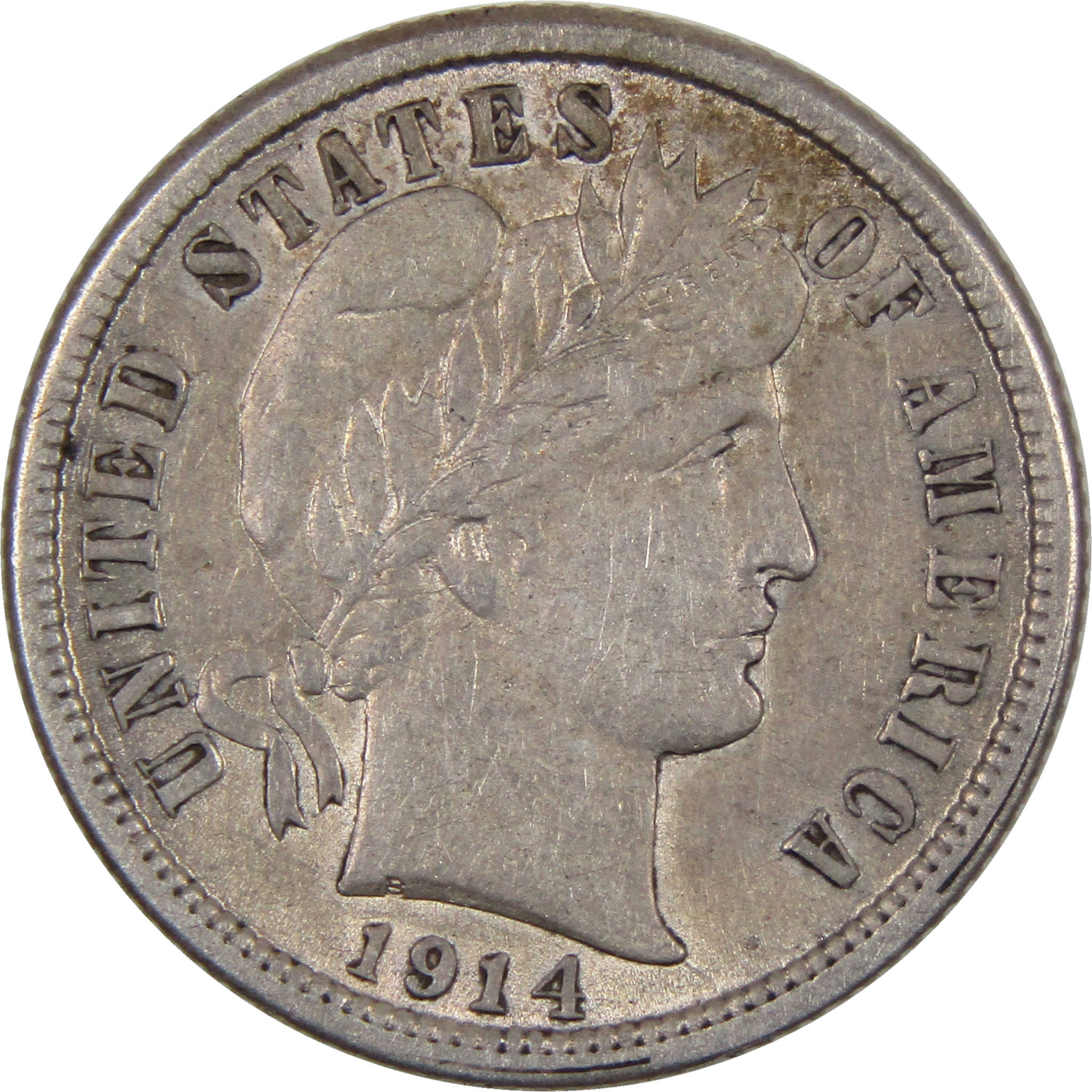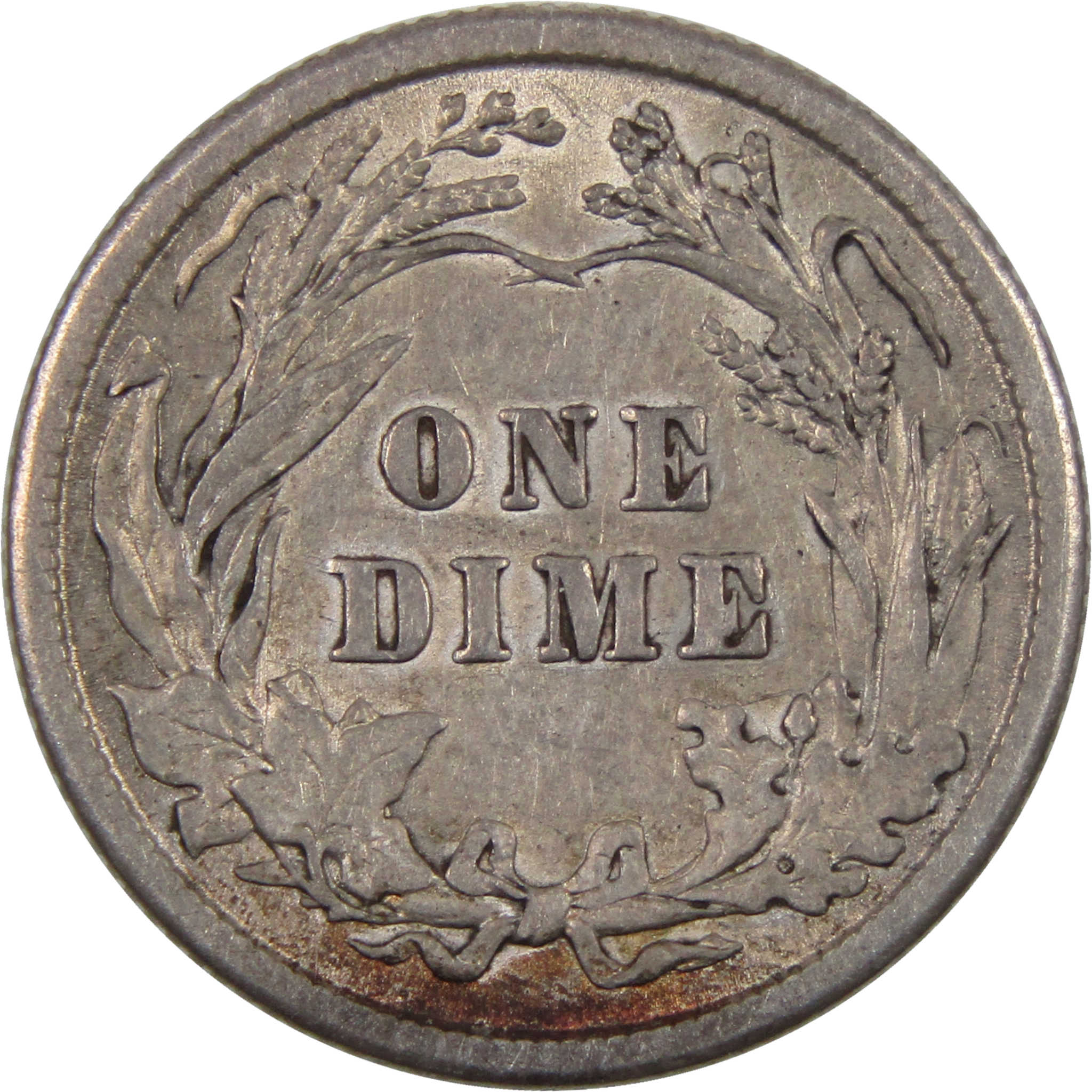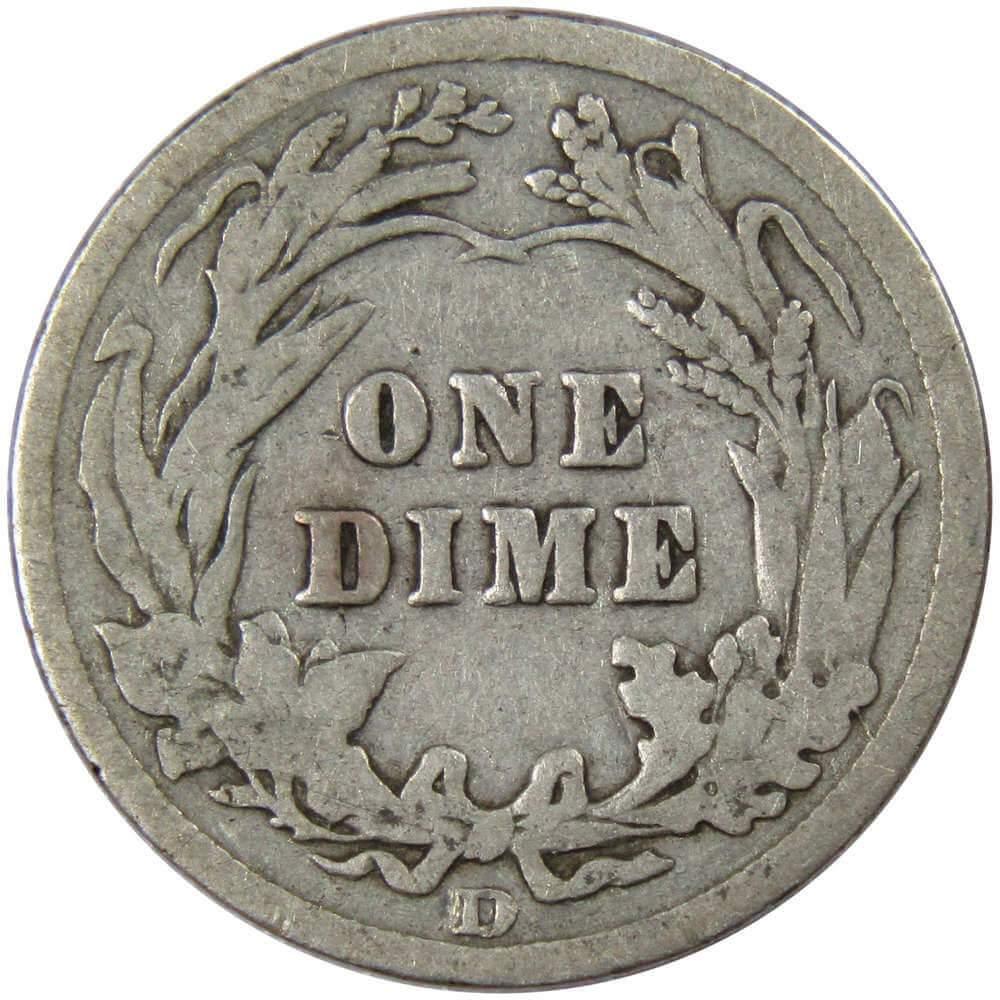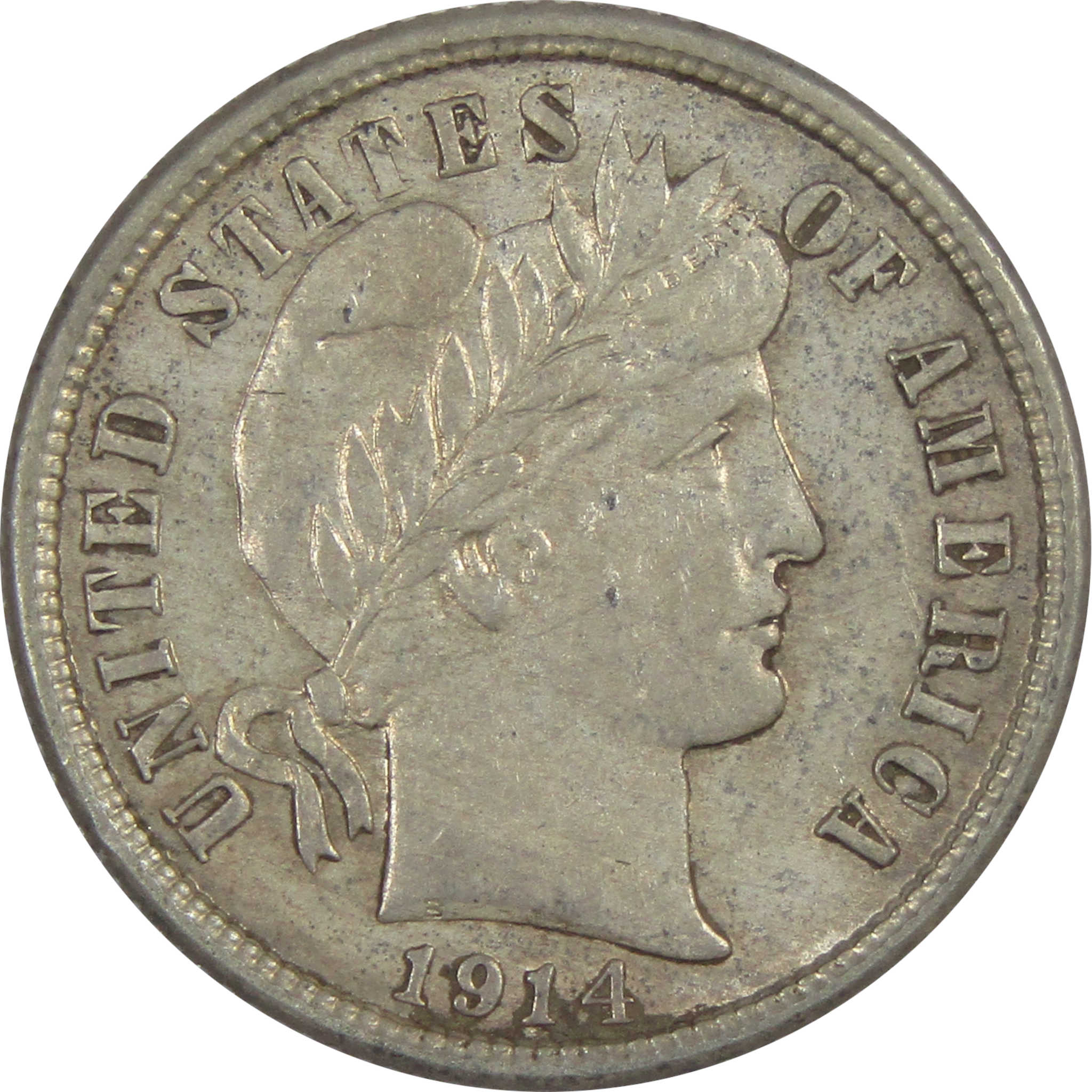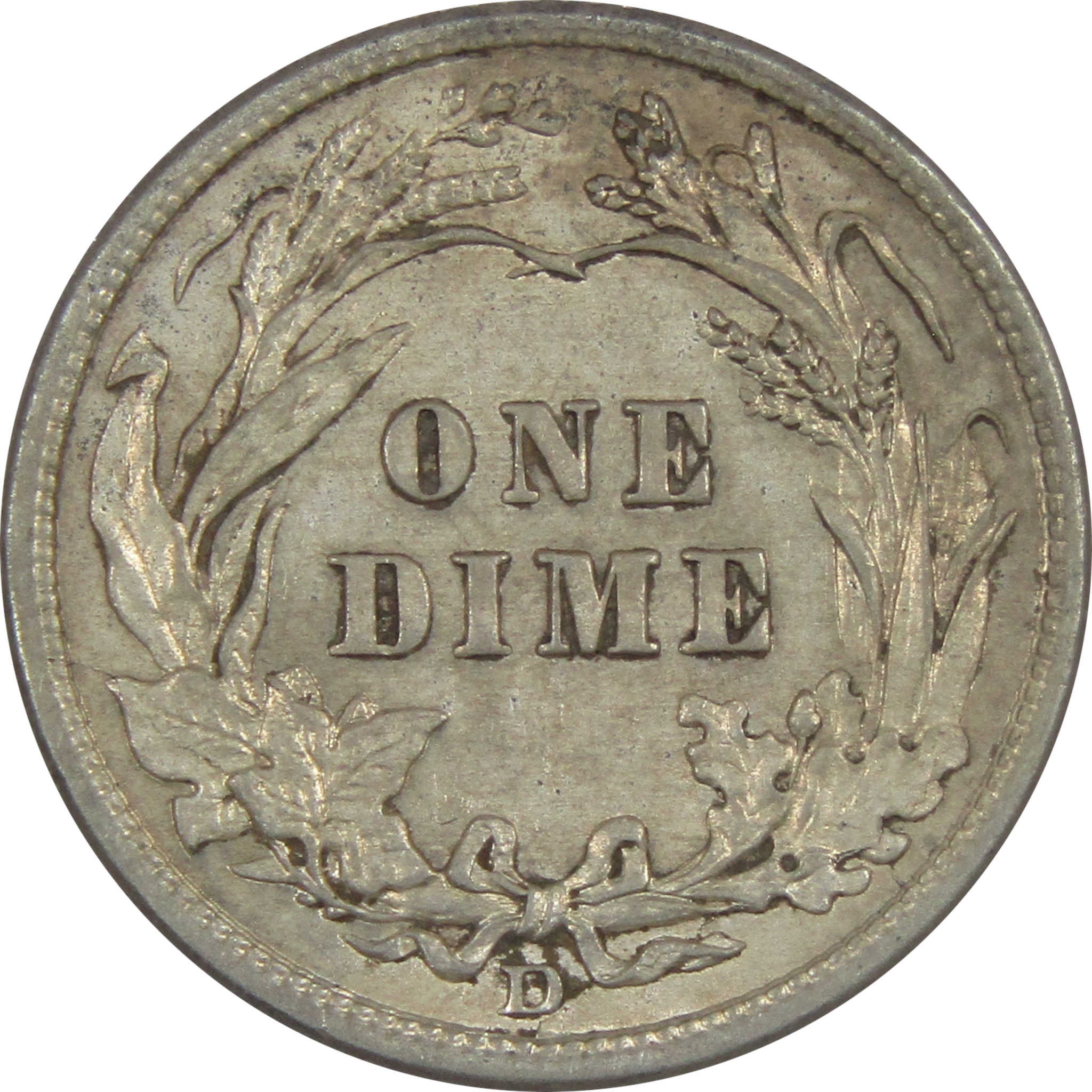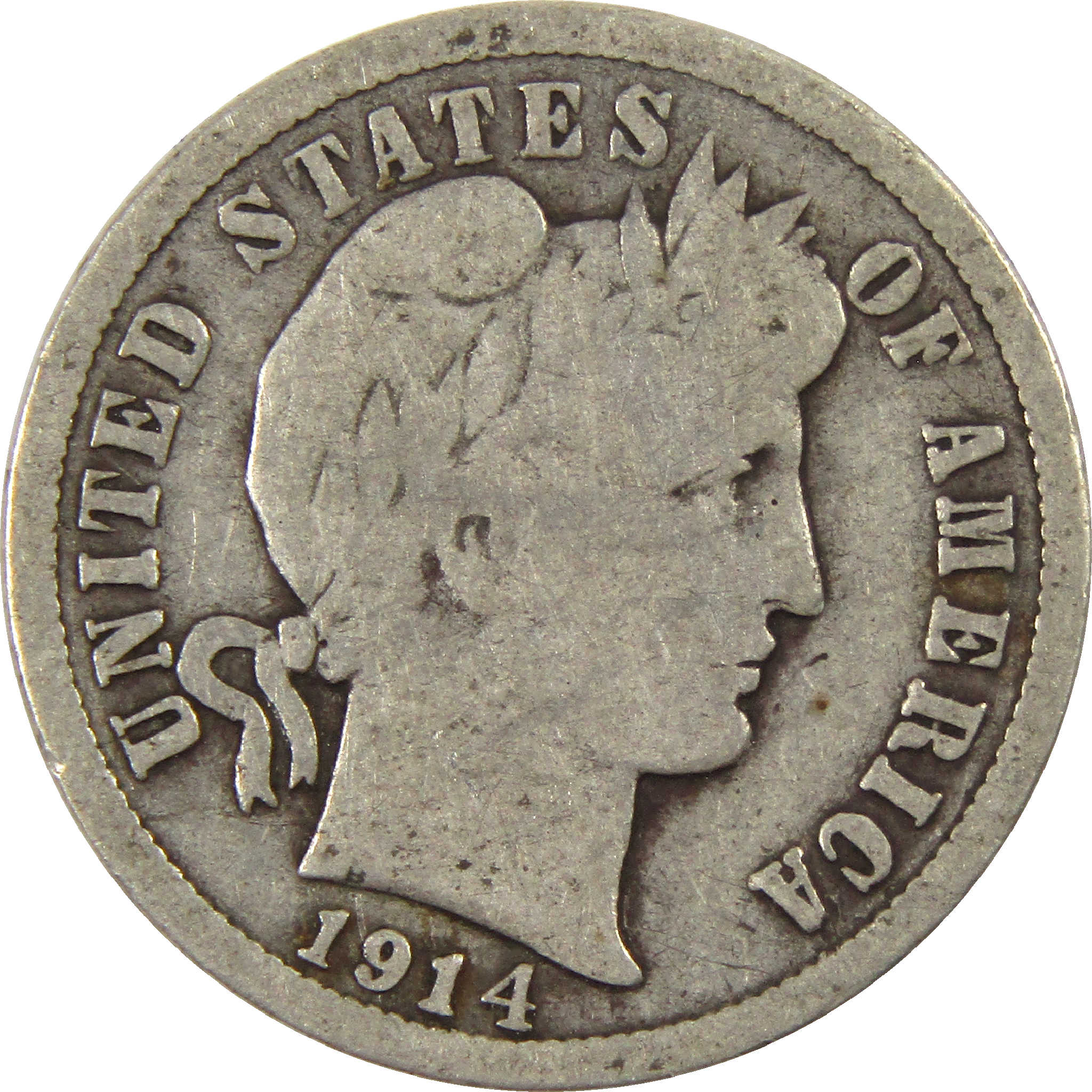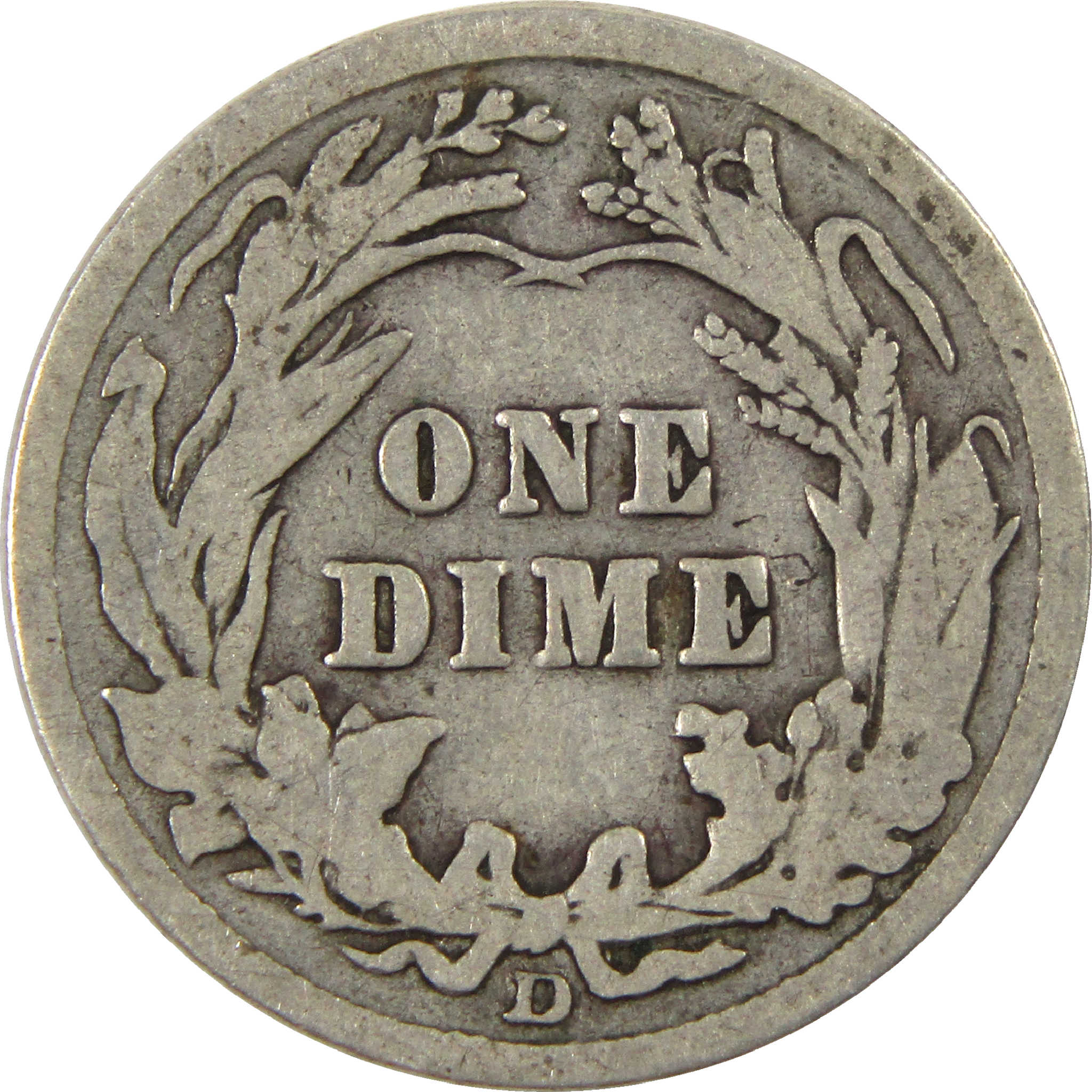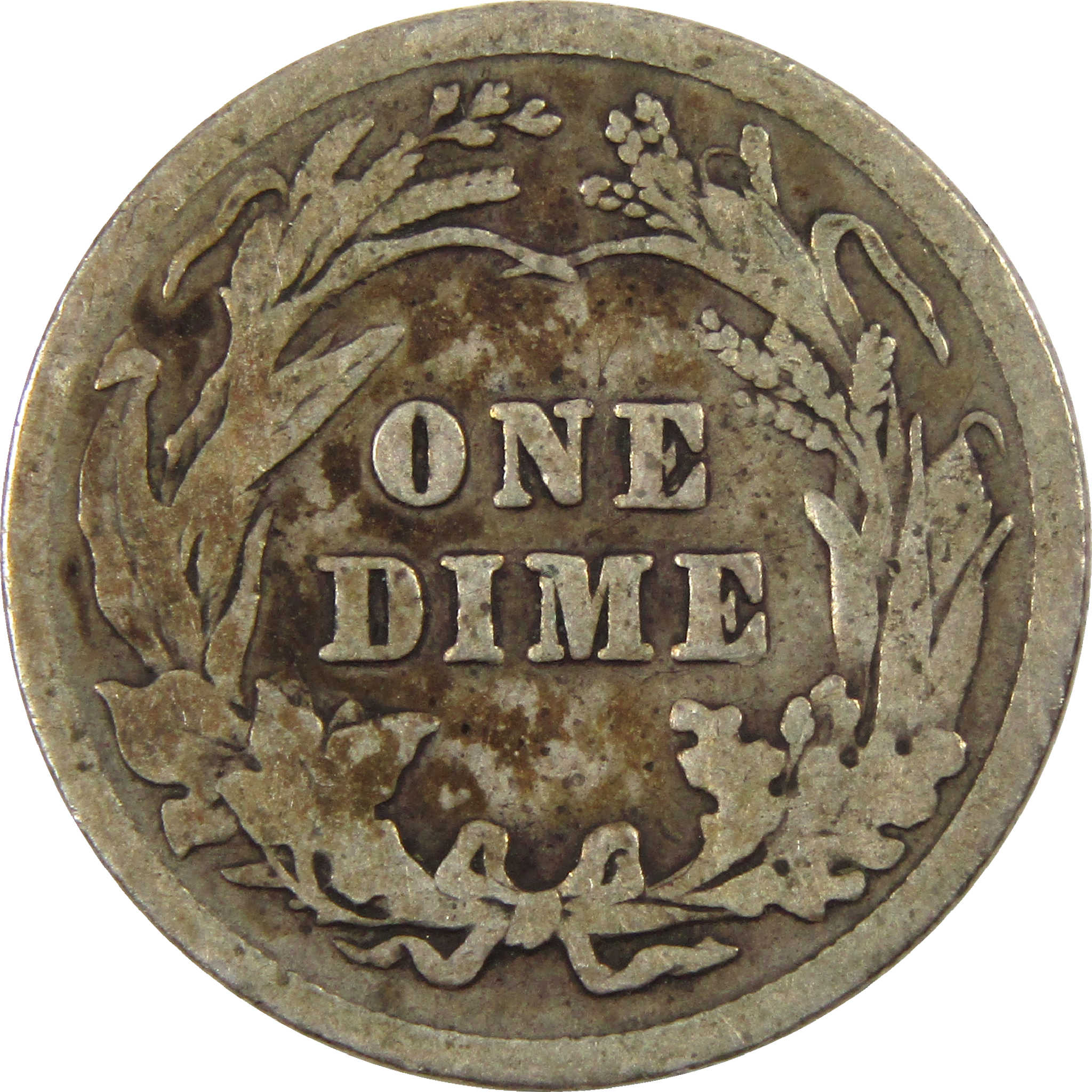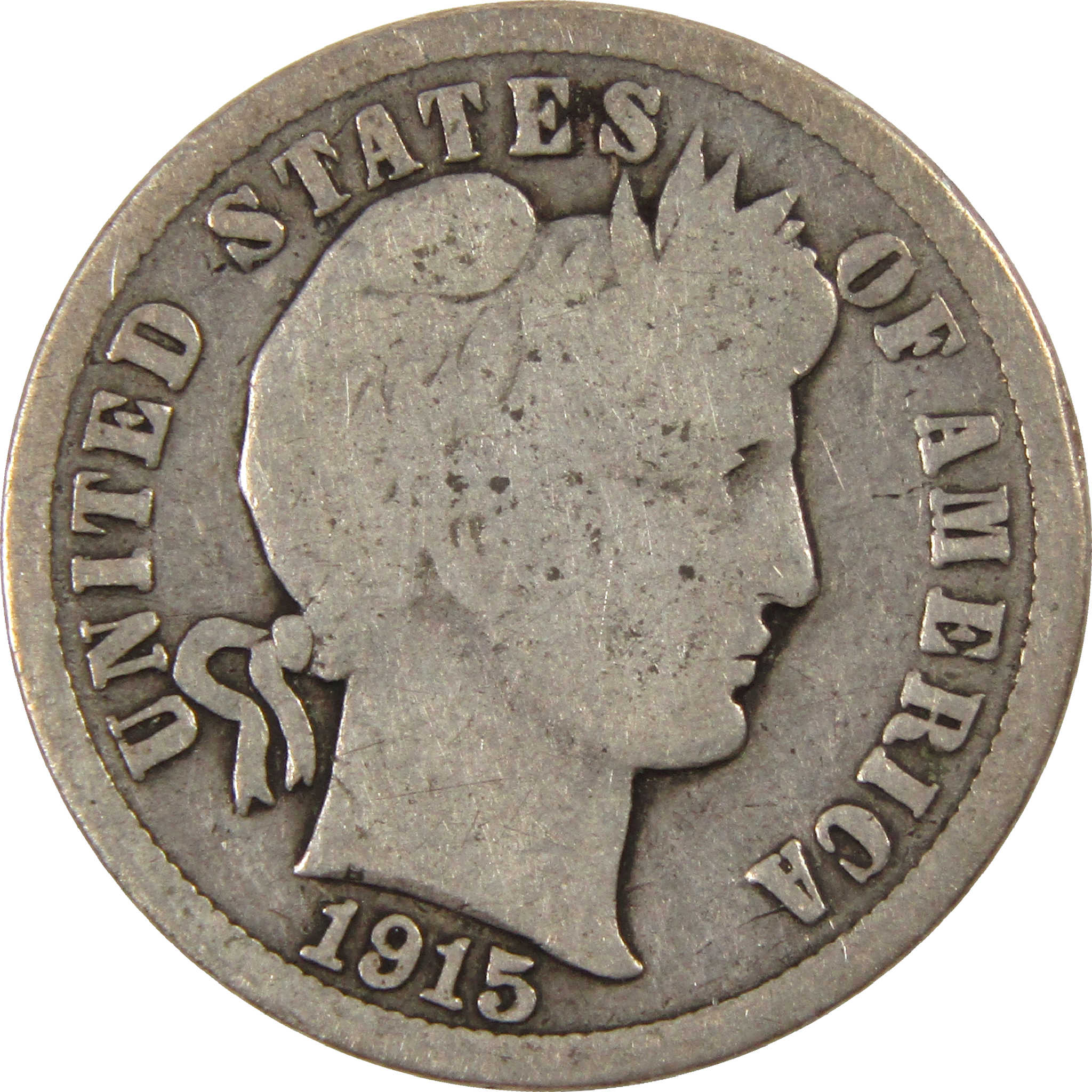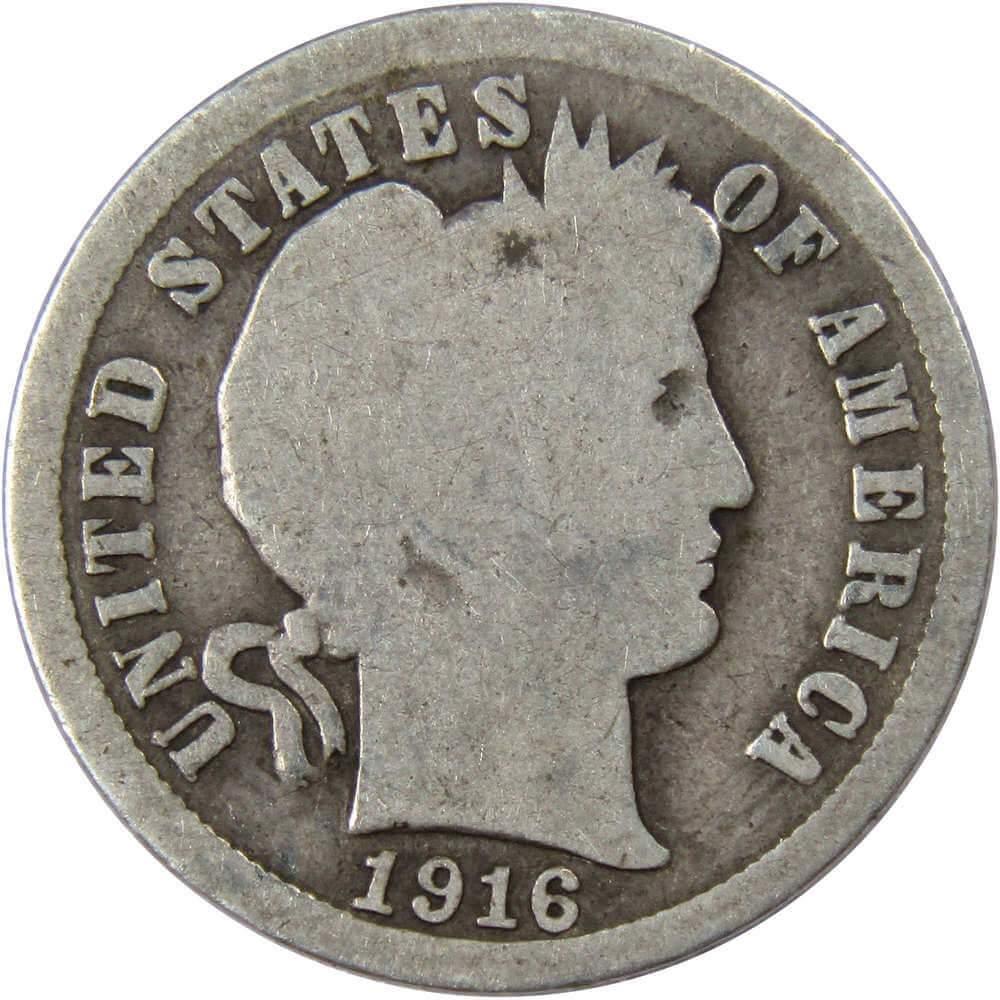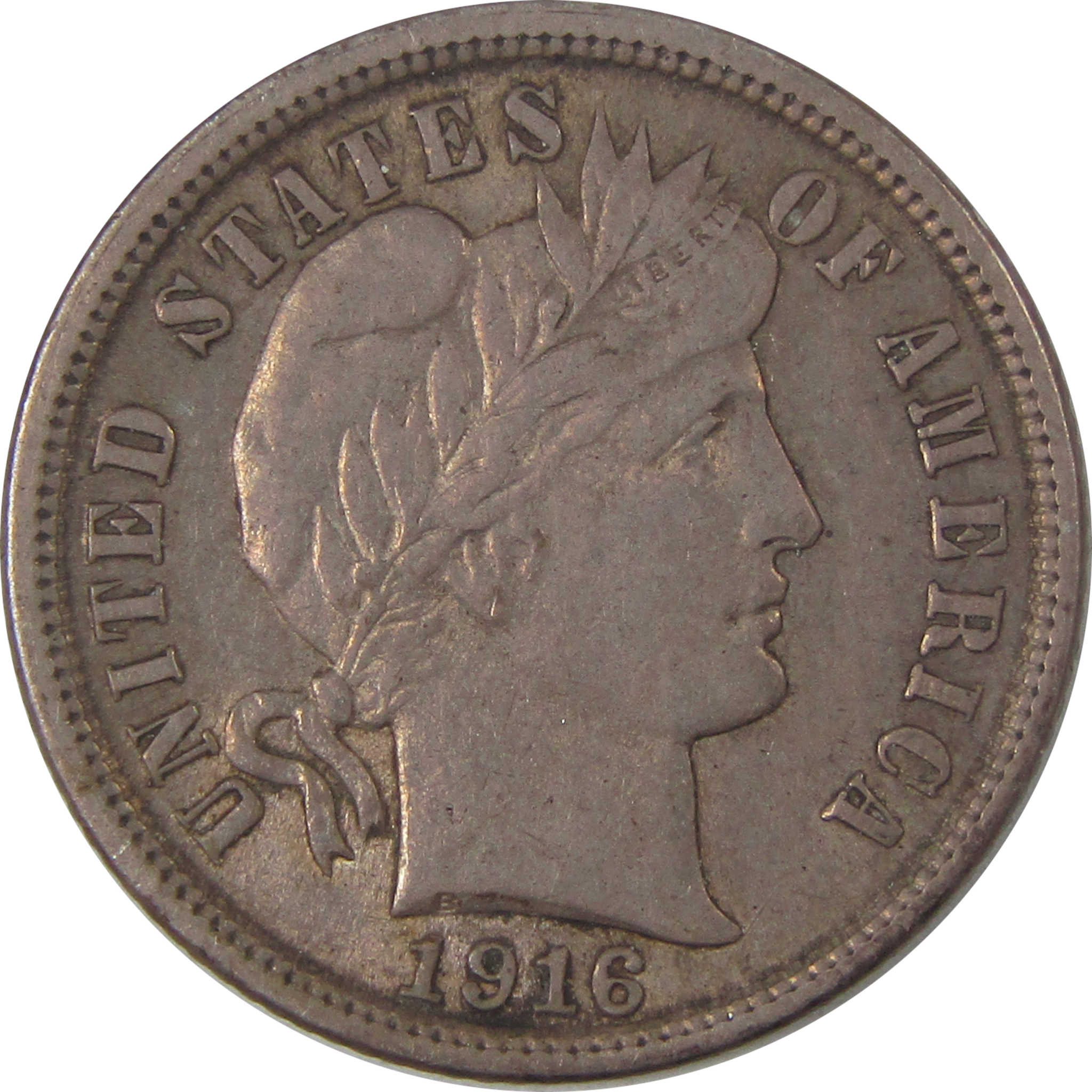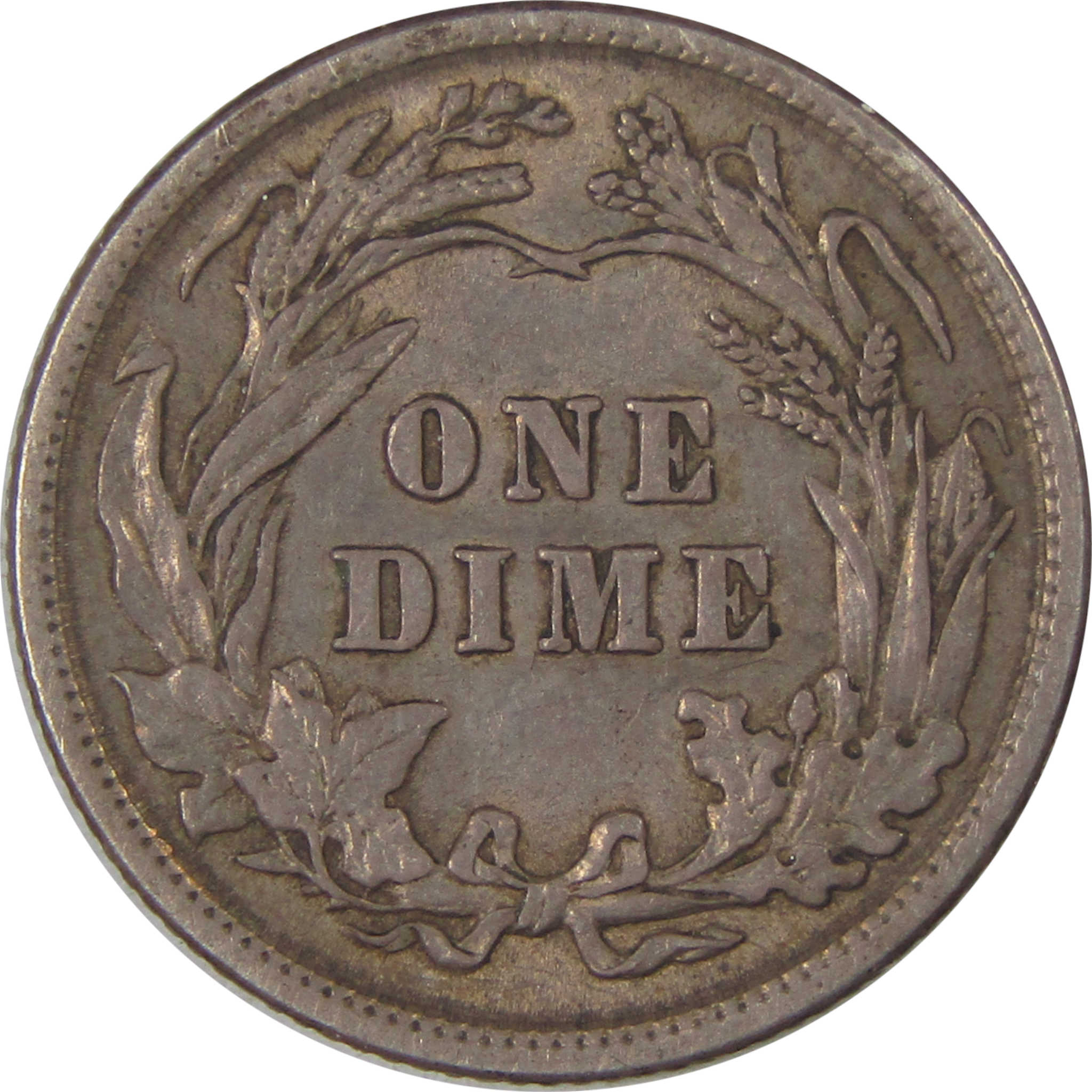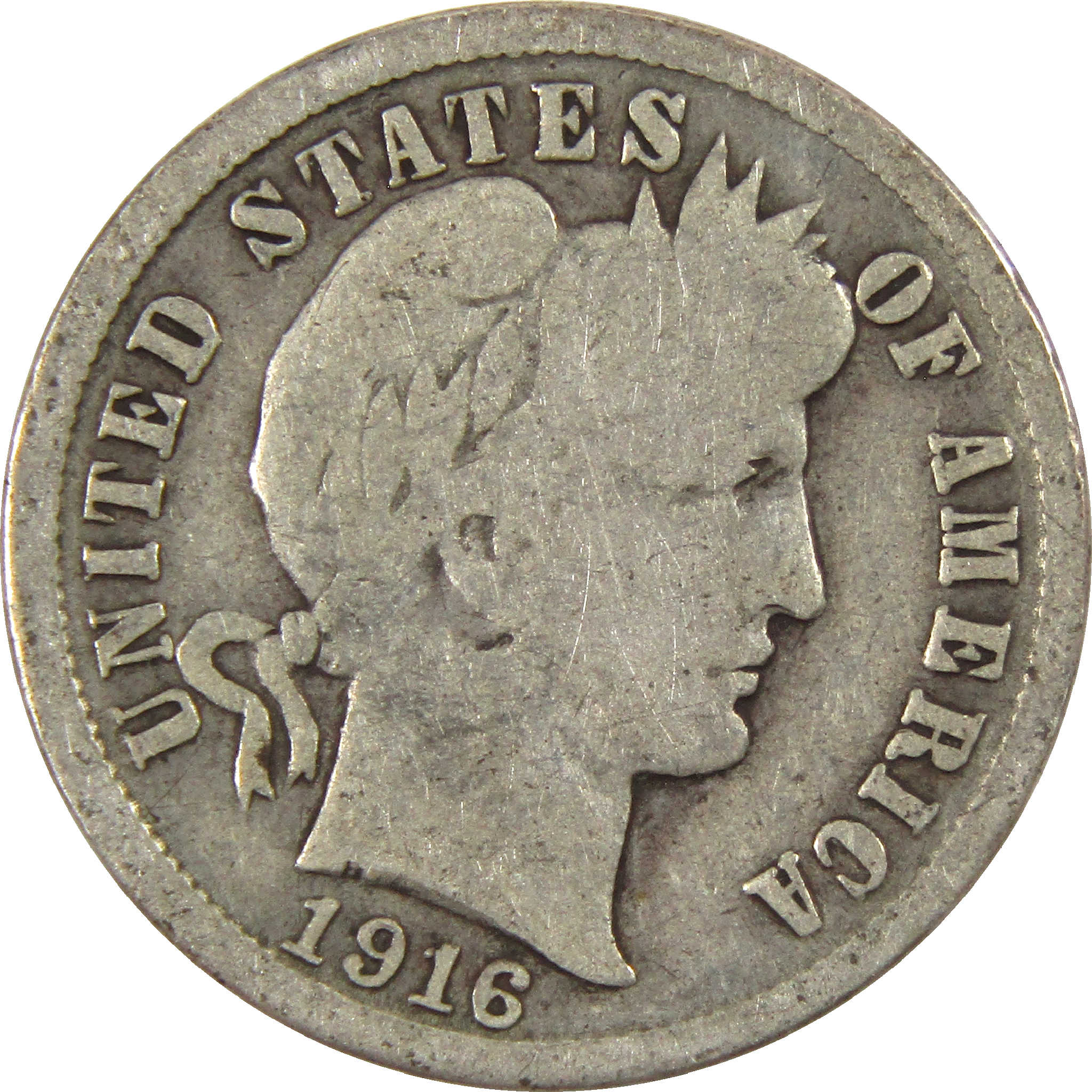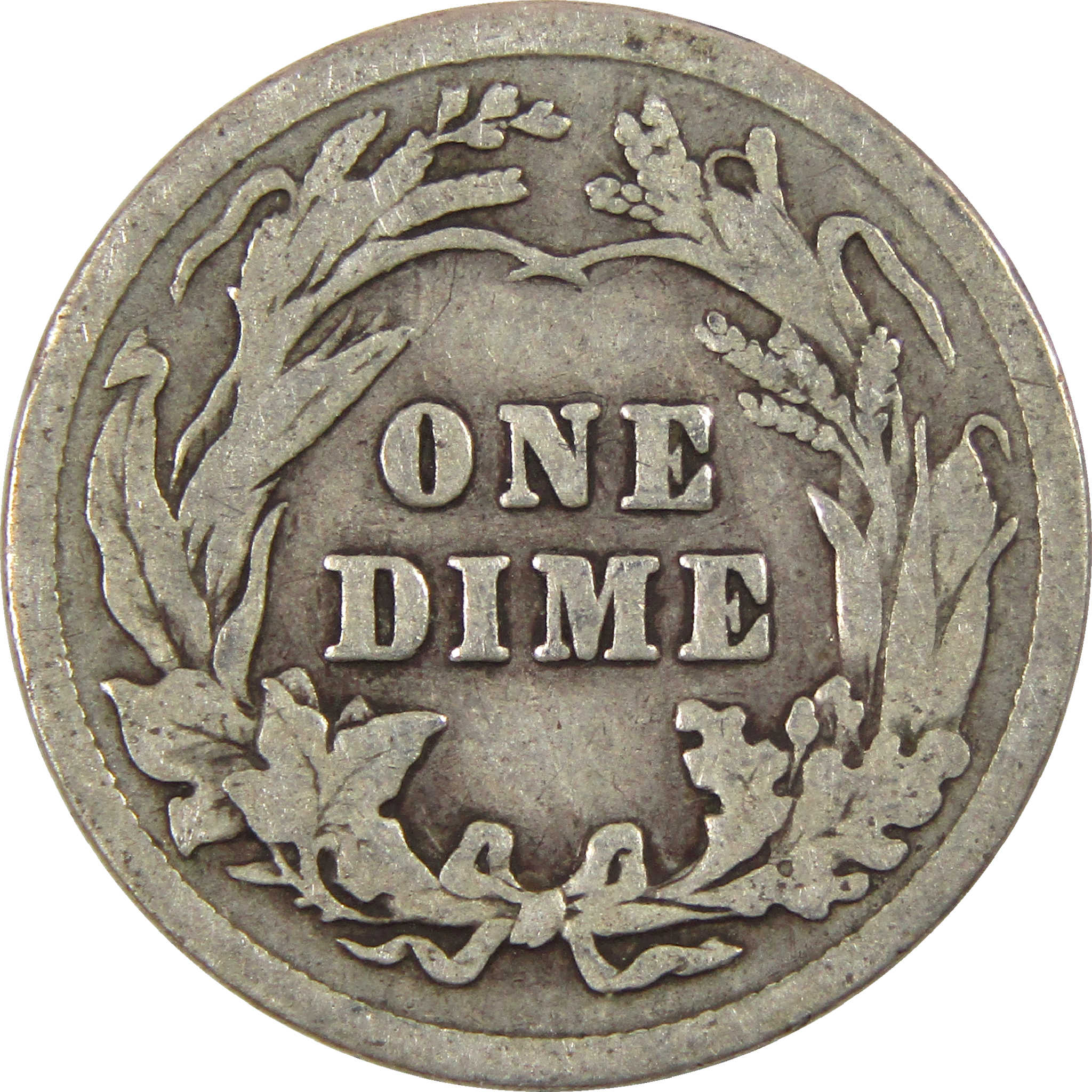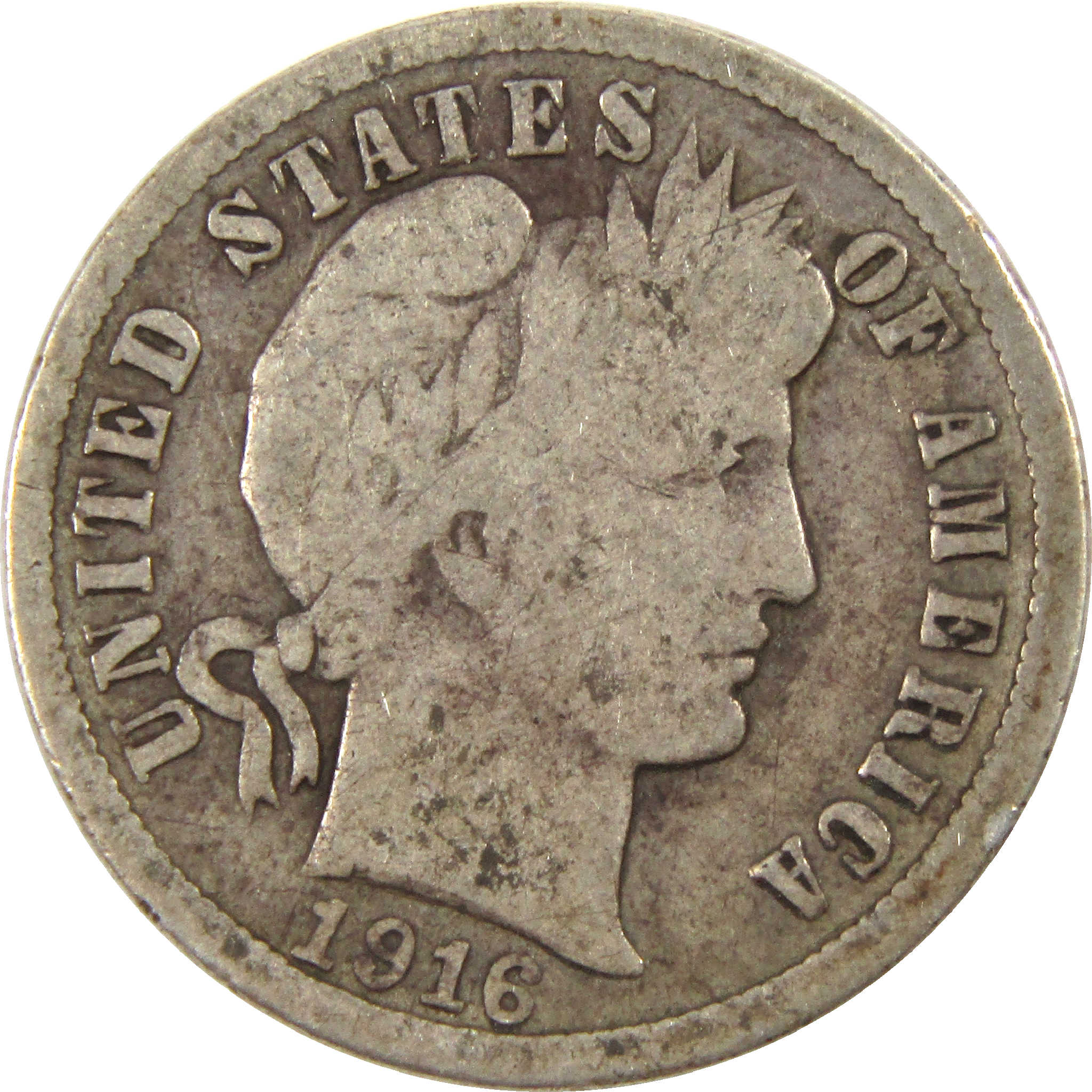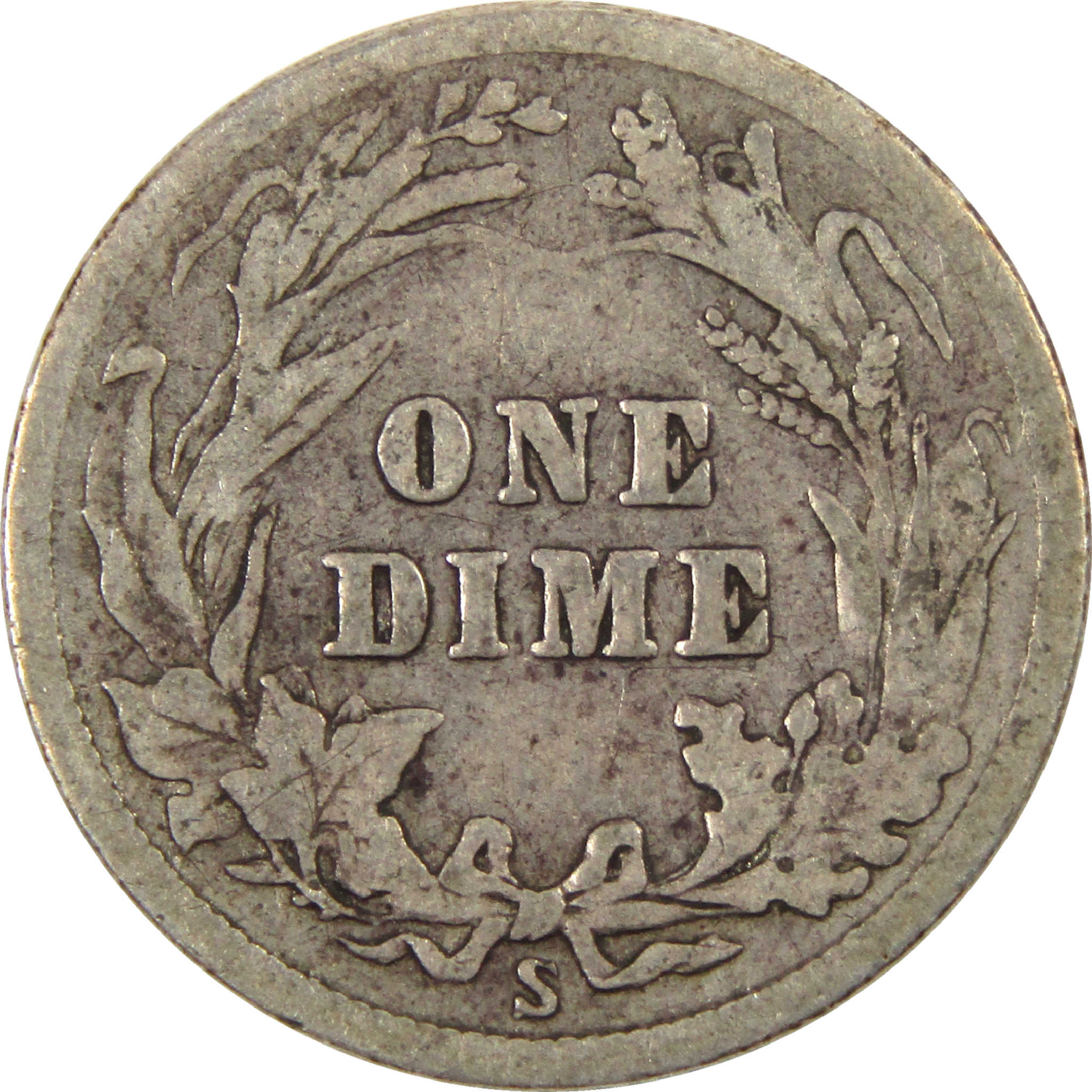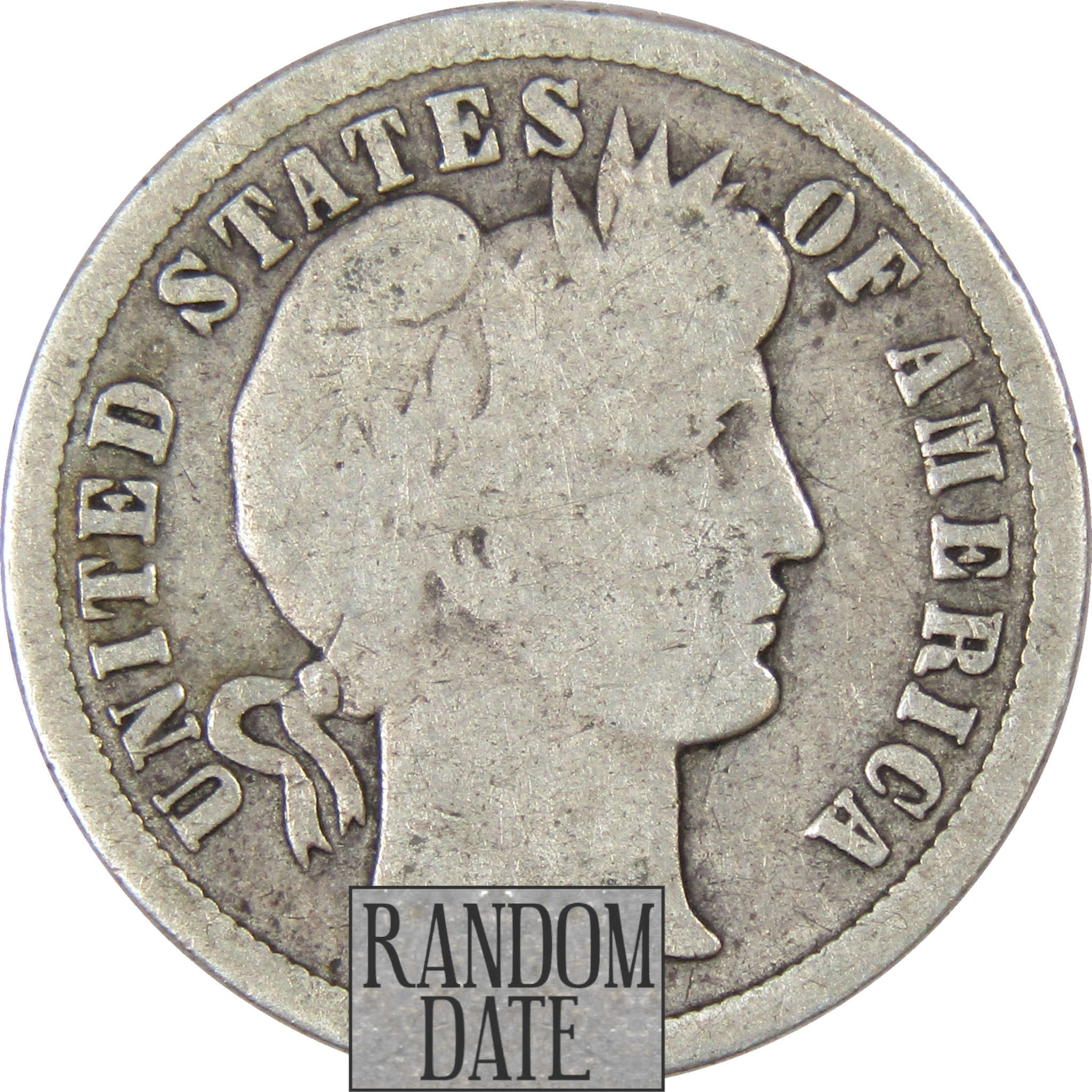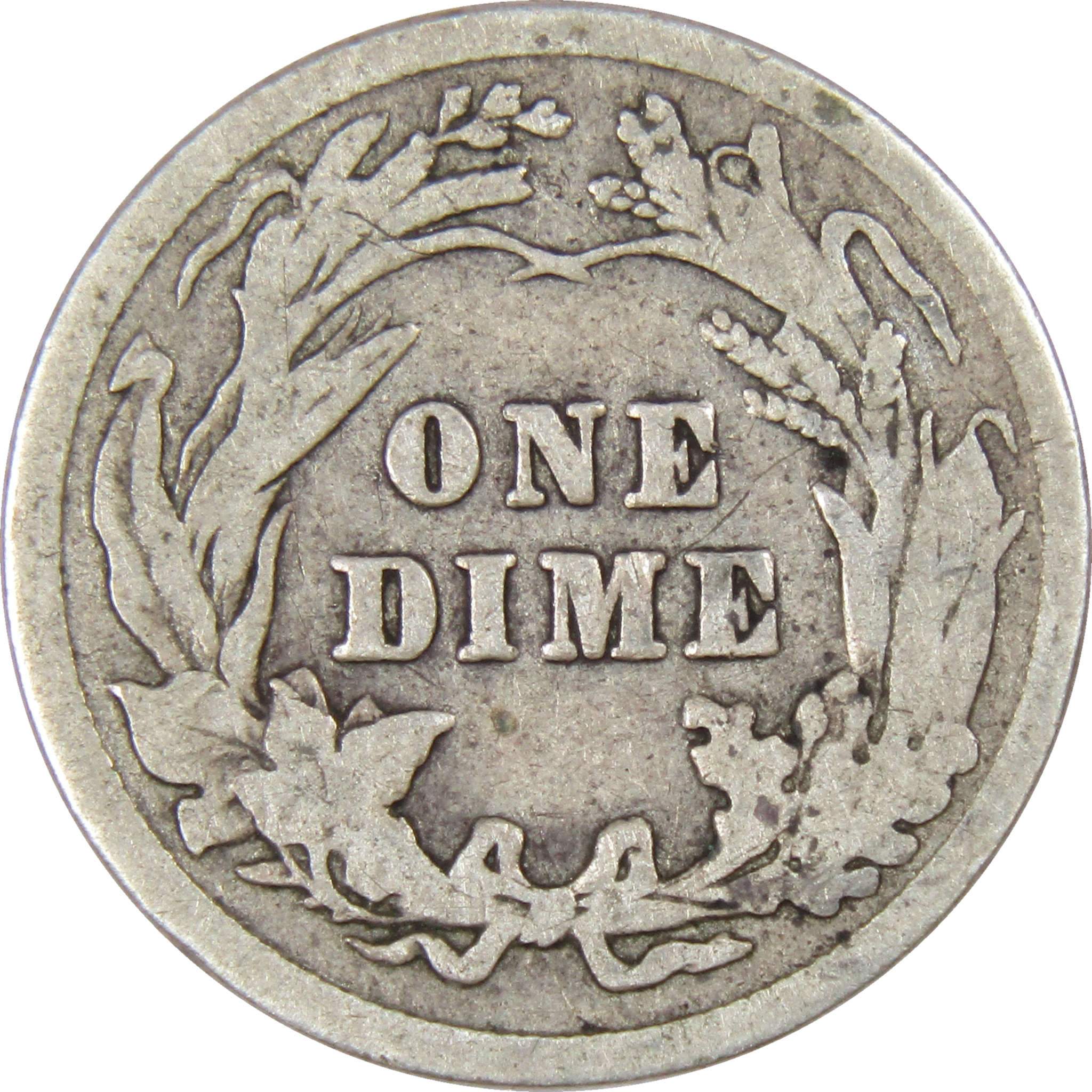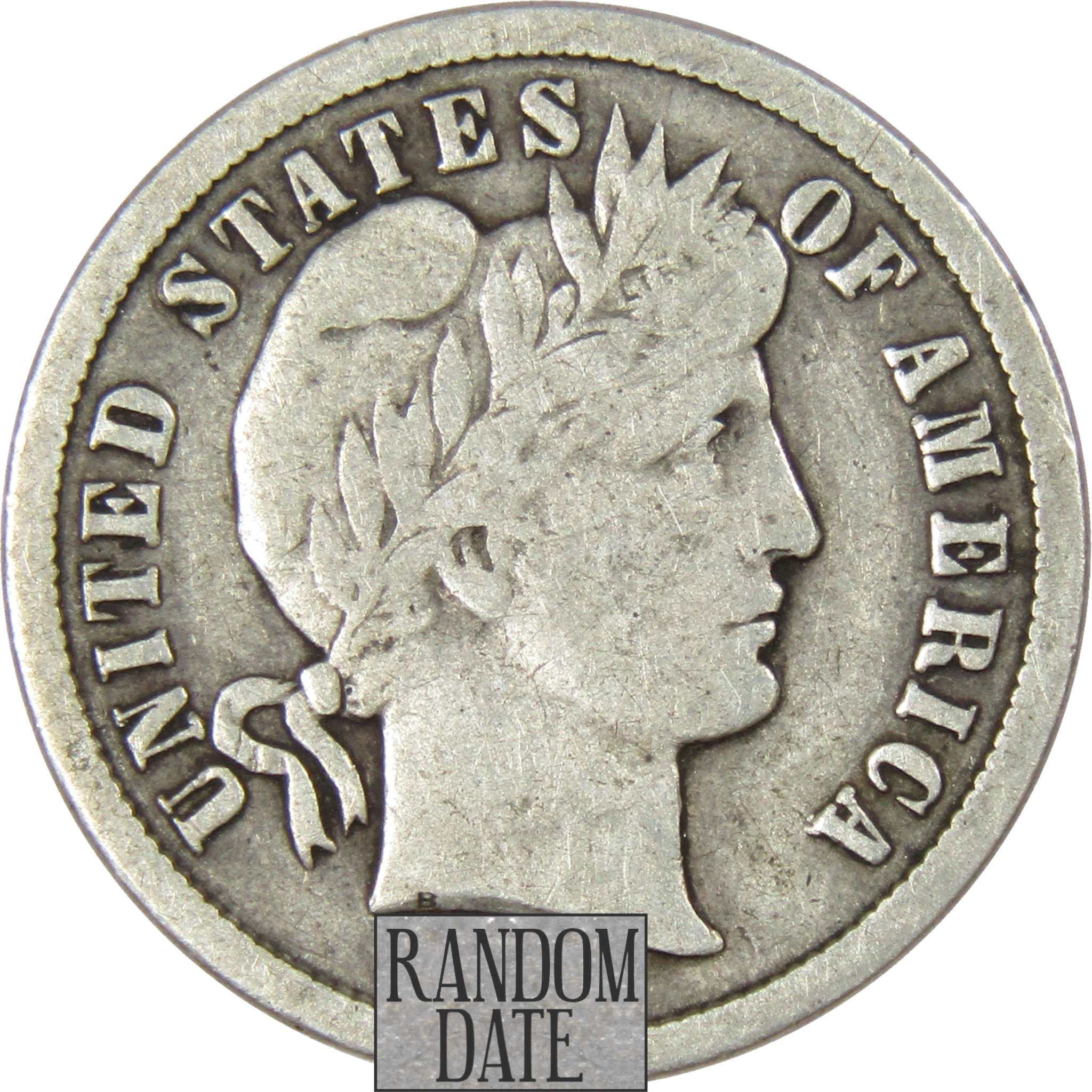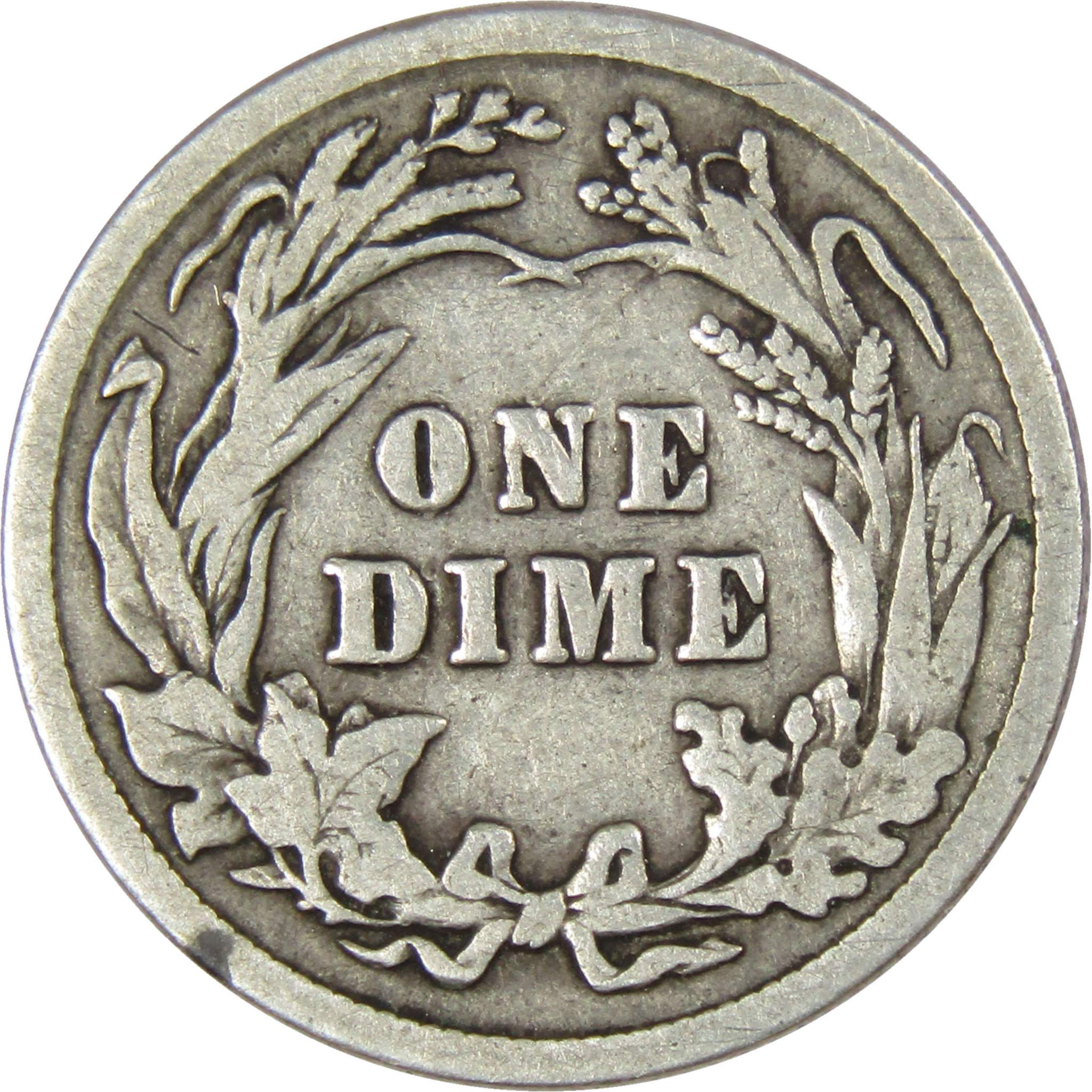The Seated Liberty design had been used on coinage since the early 1830s, so by the 1890s, requests arose for new designs. The Mint Act of September 26, 1890, which stated that coins could be redesigned every 25 years, also increased the desire for design changes on the half dollar, quarter, and dime. This led U.S. Mint officials to initiate a competition between 10 of the best-known artists of that time, including Augustus Saint-Gaudens, to create new designs for these coins.
The competition was held in 1890 by the mint director at the time, Edward O. Leech. Due to time constraints, regulations, and poor compensation, the 10 invited artists agreed the terms of the competition were unfair. With no amendment to the terms by the U.S. Mint, the competition was extended to the public. Several hundred designs were submitted, none were chosen, and the competition was deemed a failure.
Leech, disappointed with the outcome of the competition, selected Barber to create the design. This decision was met with criticism, believing that the Mint would not be able to create artistic coin designs. After their release, Barber coins were met with a lukewarm reaction from the public and received highly negative remarks from Saint-Gaudens, who was later chosen to design the “Eagle” ($10) and “Double Eagle” ($20) gold coins. The coins, including the silver Barber dime, were composed of 90% silver and 10% copper. In 1916, after the mandated 25-year period, the Barber coinage series immediately came to an end with the implementation of new designs.

